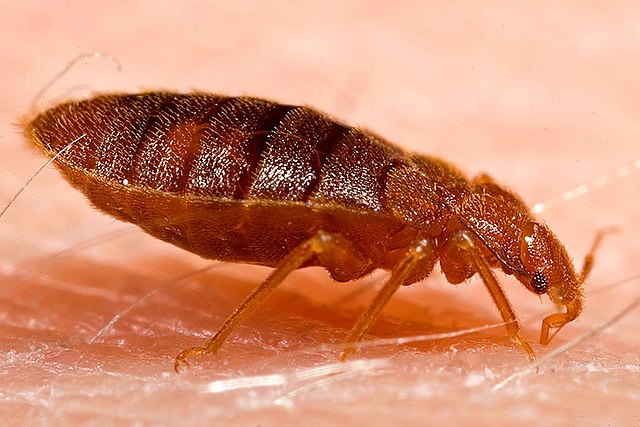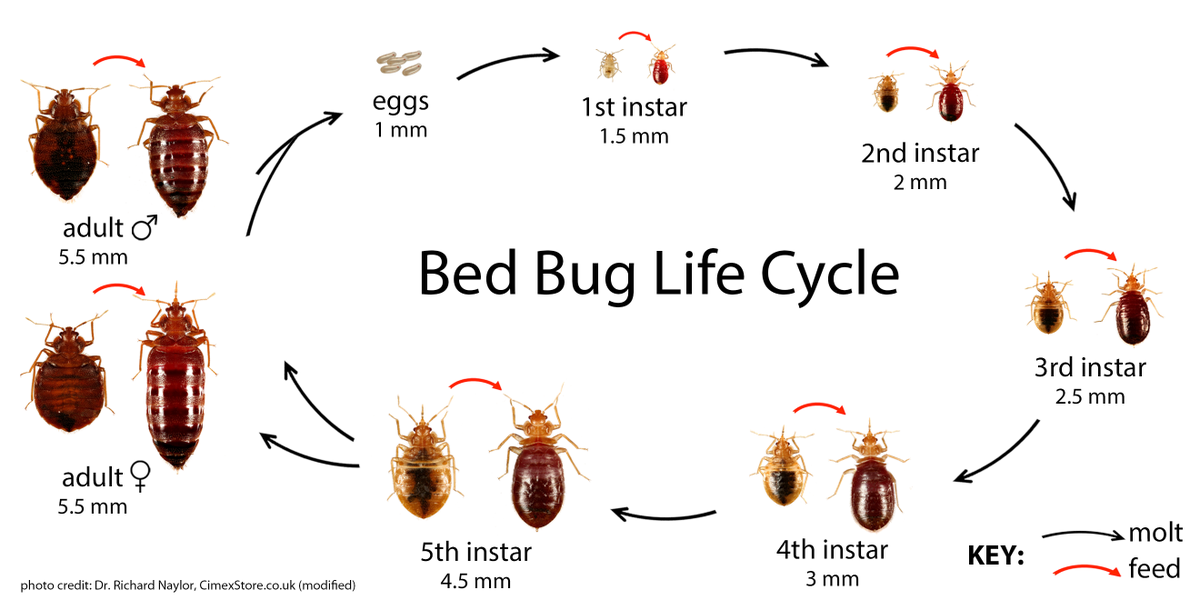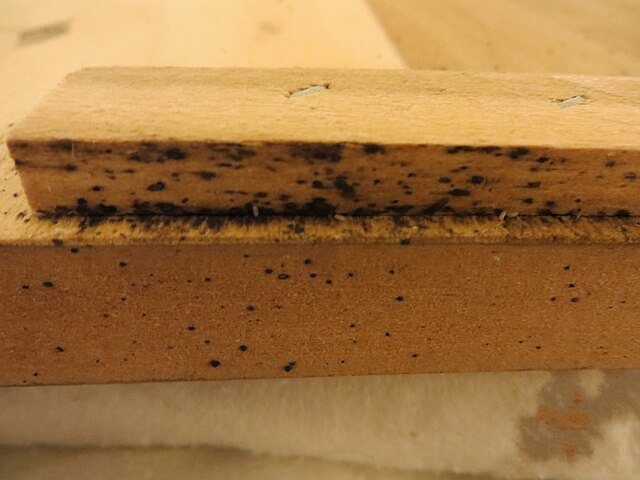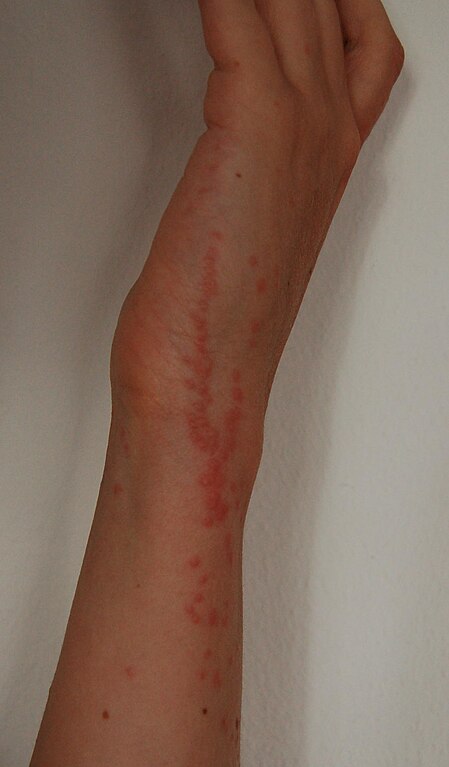What Are Bed Bugs?

Bed bugs (Cimex lectularius) are small, parasitic insects that feed on the blood of humans and animals. They are reddish-brown, oval-shaped, and approximately 5 millimeters in length—about the size of an apple seed. Their flattened bodies enable them to hide in narrow spaces, making infestations challenging to detect and eliminate.
Life Cycle
Bed bugs undergo three main stages in their life cycle:
- Eggs: Female bed bugs lay tiny, white eggs, roughly the size of a pinhead, in secluded areas. These eggs hatch within 6 to 10 days.
- Nymphs: Upon hatching, bed bugs enter the nymph stage, passing through five molts before reaching adulthood. Nymphs require at least one blood meal before each molt. They are smaller and lighter in color compared to adults.
- Adults: Fully matured bed bugs can live for several months, with females laying hundreds of eggs in their lifetime.

Habitat and Behavior
Bed bugs are nocturnal and prefer to hide in crevices near sleeping areas during the day. Common hiding spots include mattress seams, box springs, bed frames, headboards, and cracks in walls or furniture. They are attracted to body heat and carbon dioxide, emerging at night to feed. Most sources describe bed bugs as nocturnal because they tend to feed at night when their hosts are sleeping. However, this behavior is not absolute—it’s more about opportunity than a strict night-only preference. Personally, I’ve seen them try to feed in the late afternoon during a nap!
Signs of Infestation
- Bite Marks: Small, red, itchy welts on the skin, often in a linear or clustered pattern.
- Fecal Spots: Dark spots resembling ink dots on bedding or furniture, indicative of bed bug excrement.
- Shed Skins: Exoskeletons left behind as nymphs molt.
- Live Bugs: Visible bed bugs in mattress seams, furniture joints, or other hiding places.

Health Implications
While bed bugs are not known to transmit diseases, their bites can cause discomfort, allergic reactions, and secondary infections from scratching. Infestations may also lead to anxiety and sleep disturbances.

Beyond the physical discomfort, bed bugs can have a serious psychological impact. The idea of being bitten in your own bed, a place that should feel safe, can lead to anxiety, disrupted sleep, and a lingering sense of unease. Even after an infestation is resolved, many people remain on edge, constantly checking for signs or worrying they will bring them home again. For some, it can develop into a form of post-traumatic stress.
Prevention and Control
- Inspection: Regularly check sleeping areas and luggage, especially after traveling.
- Cleaning: Maintain cleanliness by vacuuming regularly and reducing clutter where bed bugs can hide.
- Protective Covers: Use mattress and box spring encasements designed to prevent bed bug entry.
- Professional Assistance: Seek help from licensed pest control professionals for effective treatment options.
- DIY: Although it is recommended to get a professsional to remove bed bug infestations, Cimexa dust is sometimes mentioned in DIY bed bug treatments.
Understanding bed bugs is crucial for early detection and effective management. Regular inspections and prompt action can help prevent and control infestations.